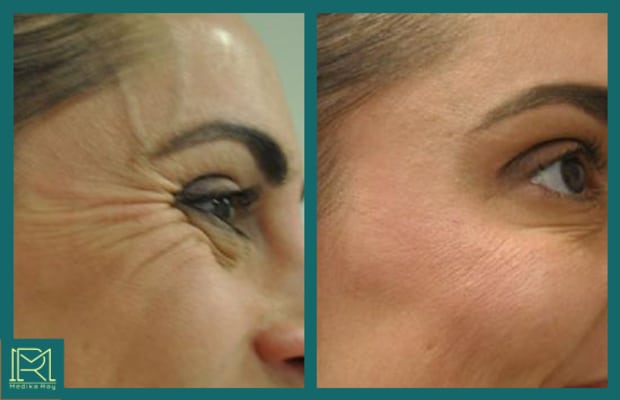
Overview
Gynecomastia or enlarged breasts in men is a term that describes a condition of benign enlargement of the tissues of the breasts in men, and the enlargement may occur in only one breast or in both breasts together.
Gynecomastia is responsible for about 60% of problems related to the breasts for men, and 85% of cases of lumps in the breasts for men.
The emergence of this condition is not limited to a certain age, as it may appear at any age, but 40% of cases appear in boys between the ages of 14 – 15.5 on a hormonal background, or taking medications, or even without any known cause.
The History of Gynecomastia Surgery
The term treatment of gynecomastia appeared in the second century BC in the era of the Roman Empire by the physician and philosopher Galen.
At this time, attempts at surgical correction of gynecomastia disease began. These attempts were made by the Byzantine physician Paul. As for the successful treatment attempts, they began to develop in 1969 as a result of the contributions of Doctor Letterman and Scherter. At the end of the seventies, liposuction techniques began to develop, which in turn contributed to the development of gynecomastia surgeries in men.
Symptoms of Gynecomastia
The most important and prominent symptom of gynecomastia in men is the presence of a lump in the breast, which is in the process of enlargement.
In about a third of these cases, the lump is sensitive to touch, it can be felt by touch, and about a third of cases of infection appear lumps on one side, they affect one breast without the other, and often the lump appears in the center of the breast, but it may appear on the edges of the breasts too.
Gynecomastia risk factors
The most important factors that increase the risk of developing gynecomastia are the following:
- Obesity
- Unhealthy food consumption
- Liver diseases
- Androgen deficiency
-
- Hypogonadism
- Renal failure (Kidney failure)
- Excessive use of certain medications
- Drinking alcohol
- Tumors
Diagnosis of gynecomastia
The disease is usually diagnosed based on a physical examination and symptoms, as it is easy for the doctor to see the lumps in the man’s breast, but the doctor may order some tests or radio image , such as:
- Mammogram
- Ultrasound
non-surgical treatment
Gynecomastia can be treated by taking some treatments that increase male hormones without surgery.
You can also rely on dietary modifications to reduce the amount of foods that cause hormonal imbalance, such as soy products.
Regular exercise can also help reduce and treat female breast development problems.
Advices before and after gynecomastia surgery
- You should consult a medical expert and get a full medical evaluation of your condition and the medicines that you are using.
- Avoid smoking long enough before surgery to ensure a quick and effective recovery after surgery.
- Avoid medications that increase bleeding, for exampleIbuprofen and Aspirin.
- You should stop drinking alcohol at least two weeks before the operation.
- No eating or drinking 6 hours at least before the surgery.
gynecomastia surgery procedure
The surgery is conducted under general anesthesia, then The surgeon inserts liposuction tools and breaks up the fat under the skin.After lipolysis, the tools removed from the skin, then the surgeon made a incision to insert an instrument designed to remove, manipulate and sew tissue, then seals the incision from the outside.
Things to be done or aware of after the surgery
- The compression garment must be worn for up to 6 weeks after the operation to reduce swelling and improve the results of the surgery.
- You must continue to take the antibiotics and medicines prescribed by your surgeon.
- It takes about 10 days to remove the stitches and examine the wound to avoid infection.
- Avoid taking anti-inflammatory medications as they can cause increased bleeding from the wound.
- Refrain from smoking for a while until the doctor allows you to, so as not to disrupt the healing process.
- Strenuous exercise should be avoided for several weeks after surgery to avoid persistent pain and chest bruising.
- You should follow the follow-up appointment set by your doctor to ensure that there are no unexplained complications that could harm you.
Time and Cost
In MedikaRay, we ensure that your treatment plan is well studied and reviewed with the surgical team of trained and experienced surgeons and doctors. In addition, our prices are based on the value of the quality we provide to our patients to be affordable and the treatment experience to be comfortable and easy.






